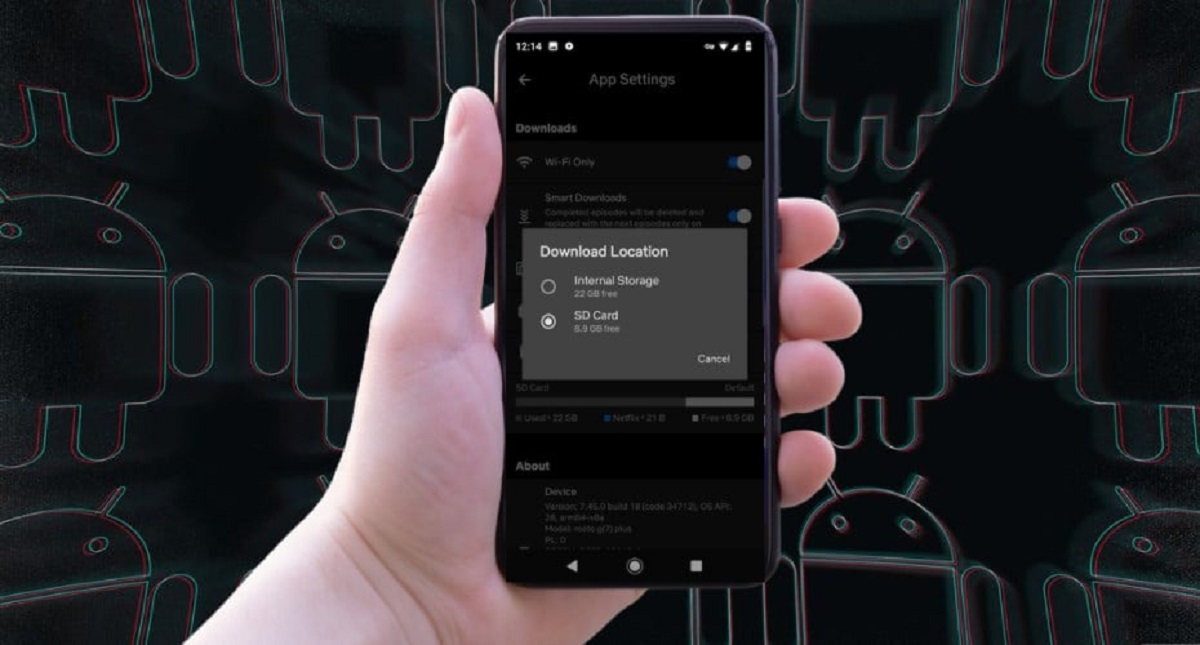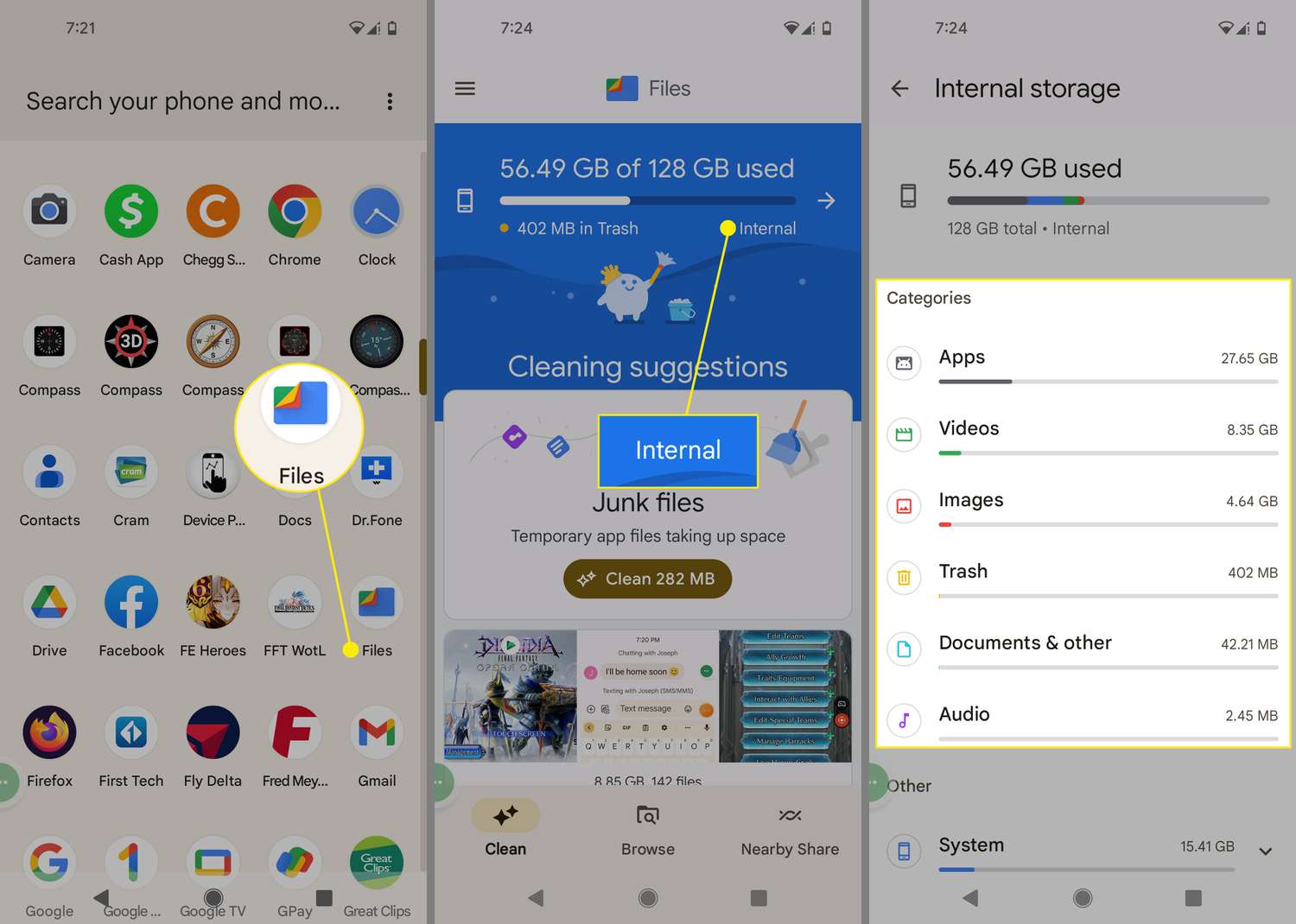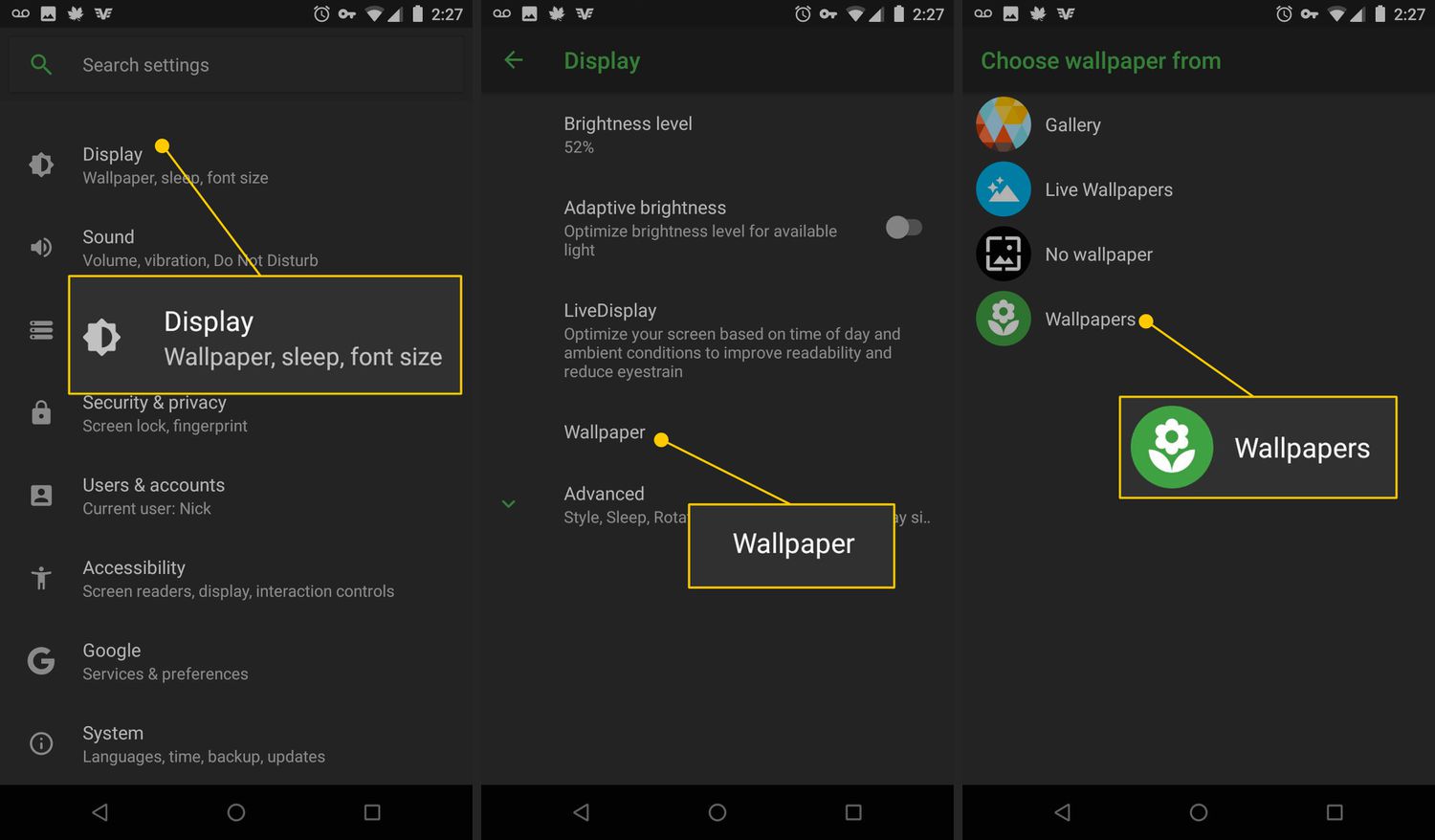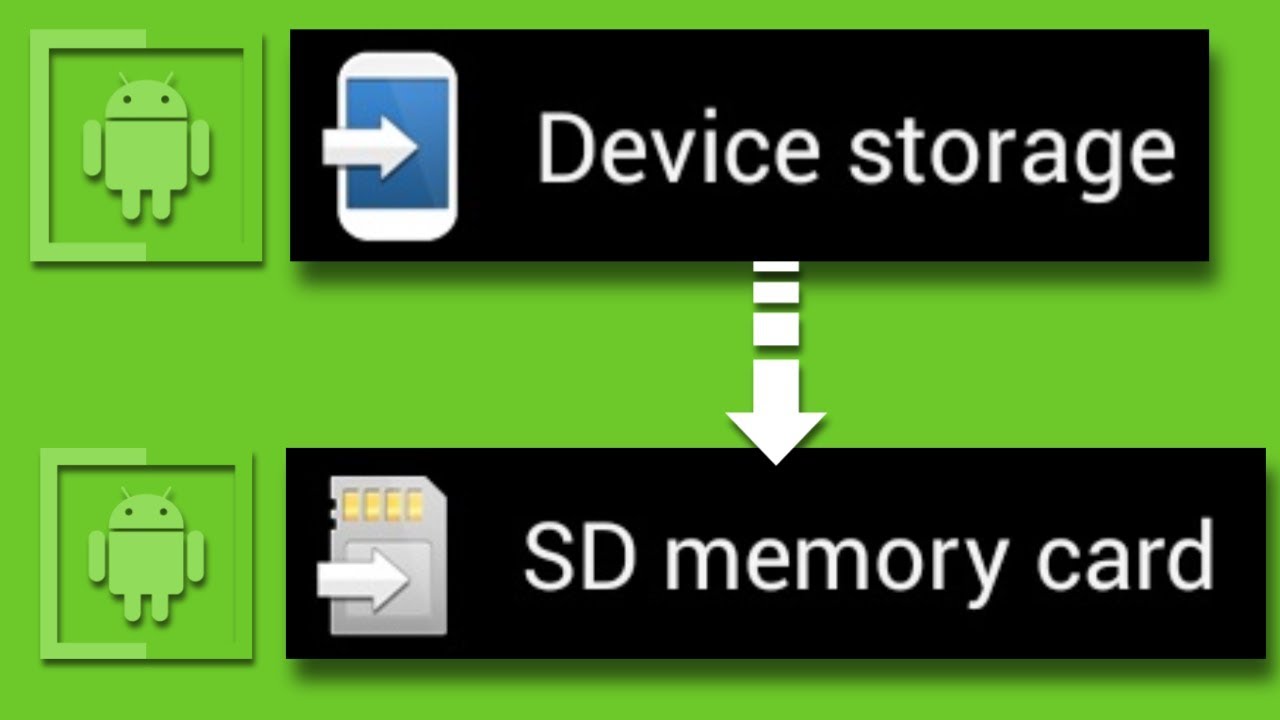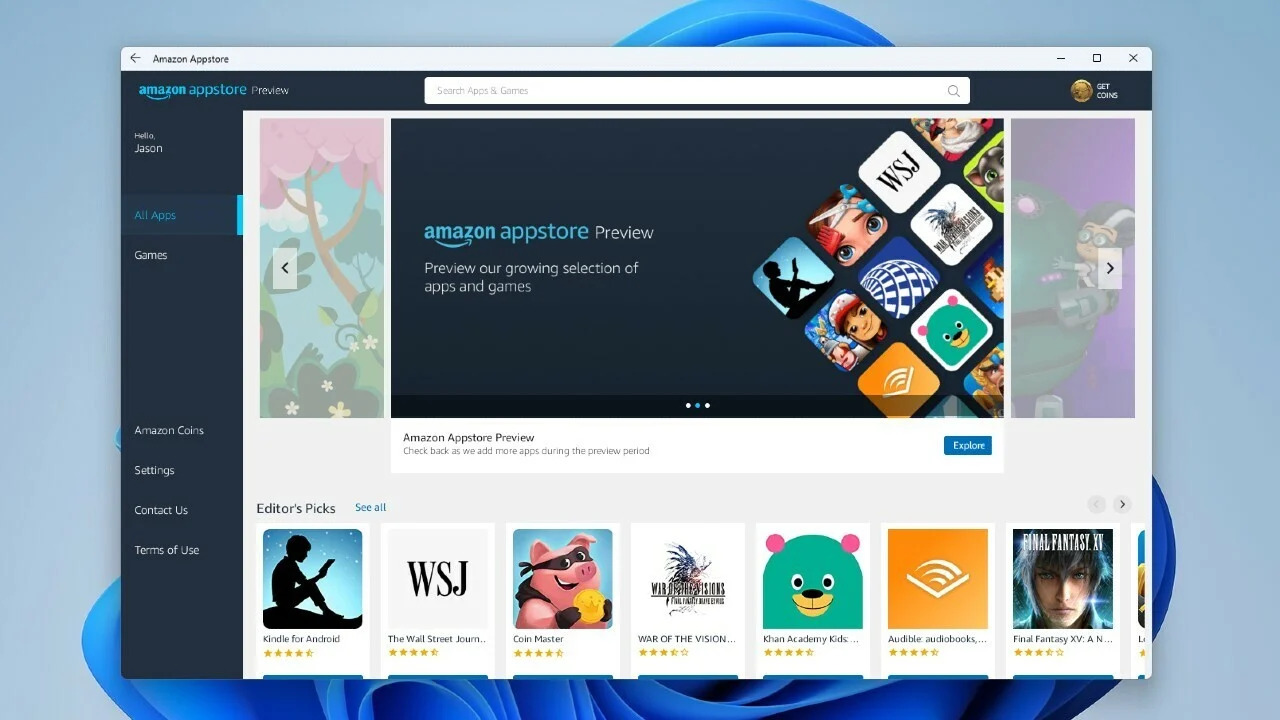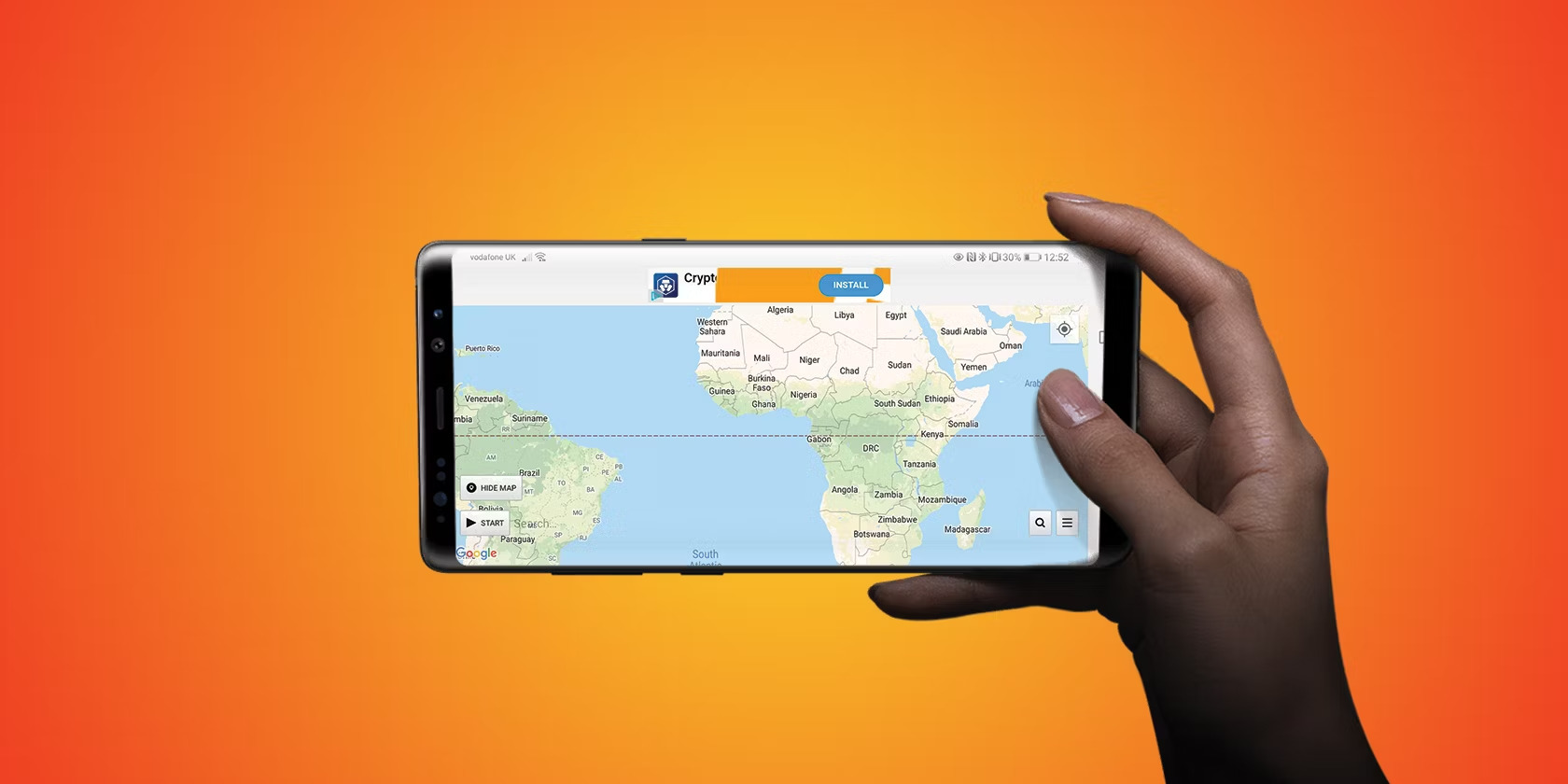Finding the Settings Menu
The settings menu on your Android device is where you can access various configuration options, including the ability to change the download location. But with different Android versions and device models, finding the settings menu can sometimes be a bit confusing. In this section, we will guide you through the process of locating the settings menu on your Android device.
The first step is to unlock your Android device and navigate to the home screen. Depending on your device, you may need to use a fingerprint, PIN, or pattern to unlock it. Once you’re on the home screen, look for the Settings app. The app icon typically resembles a gear or a set of sliders.
If you have a newer Android version, simply swipe down from the top of the screen to open the notification panel. Then, tap on the gear-shaped settings icon to access the settings menu. Some devices may require you to swipe down twice to reveal the gear icon.
If you have an older Android version or a customized user interface, the settings app might be located directly on the home screen or in the app drawer. The app drawer is usually accessed by tapping the square or circle icon in the middle or bottom of the screen, depending on your device.
Once you’ve located the Settings app, tap on it to enter the settings menu. On some devices, you may need to tap on the three-dot menu icon in the top-right corner of the screen and select “Settings” from the drop-down menu.
Alternatively, if your device has a search function, you can simply swipe down on the home screen or press the magnifying glass icon to access the search bar. Type in “Settings” and the app should appear in the search results. Tap on it to open the settings menu.
Now that you’ve found the settings menu, you’re ready to proceed to the next step of changing the download location on your Android device. In the following sections, we will guide you through the process of navigating to the storage settings and selecting a new download location.
Navigating to the Storage Settings
Once you have located the settings menu on your Android device, the next step is to navigate to the storage settings. These settings control where your downloaded files are stored and can be modified to change the default download location. Follow the steps below to find the storage settings:
1. Open the Settings app on your Android device. This can typically be done by tapping on the gear or sliders icon.
2. Scroll down the settings menu until you find the “Storage” option. It may also be labeled as “Storage & USB” or “Device Storage,” depending on your device model and Android version.
3. Tap on the “Storage” option to access the storage settings. On some devices, you may need to tap on “Device maintenance” or a similar option before reaching the storage settings.
4. Once in the storage settings, you will see information about the amount of storage used and available on your device. Look for an option that allows you to change the default storage location. This option might be labeled as “Default location,” “Storage location,” or something similar.
5. Tap on the option to change the default storage location. Different devices and Android versions may present this option differently. On some devices, you may have the option to choose between internal storage and an external SD card. On others, you may be able to select a specific folder on the internal or external storage.
6. Depending on your preferred download location, select the appropriate option. If you want to change the download location to an external SD card, ensure that a compatible card is inserted into your device.
7. After selecting the desired download location, tap on “OK” or “Apply” to save the changes and exit the storage settings menu.
Now that you have successfully navigated to the storage settings on your Android device, you are ready to proceed to the next step of changing the default download location. In the following sections, we will guide you through the process of selecting a new download location and verifying the changes.
Changing the Default Download Location
Now that you have located the storage settings on your Android device, it’s time to change the default download location. By modifying this setting, you can choose where your files are downloaded and saved on your device. Follow the steps below to change the default download location:
1. Open the “Settings” app on your Android device. Look for the gear or sliders icon on your home screen or in the app drawer, then tap on it to access the settings menu.
2. Scroll through the settings menu until you find the “Storage” or “Storage & USB” option. Tap on it to enter the storage settings.
3. Within the storage settings, you should see an option related to the default download location. It may be labeled as “Default location” or “Storage location.” Tap on this option to proceed.
4. Depending on your device and Android version, you will have different choices for the download location. Some devices allow you to select the internal storage or an external SD card, while others may let you choose a specific folder within the internal or external storage.
5. Select the desired location for your downloads. If you have an external SD card inserted, you may opt to use it as the default download location to save space on your device’s internal storage. Alternatively, you can choose a specific folder within the internal or external storage.
6. Once you have selected the new download location, tap on “OK” or “Apply” to save the changes. The default download location will now be updated on your Android device.
It’s worth noting that changing the default download location does not affect files that have already been downloaded. However, any new files you download will be saved in the newly specified location.
Now that you have successfully changed the default download location on your Android device, you can proceed to the next step of selecting a new download location. In the following sections, we will guide you through the process of choosing a specific folder or location for your downloads.
Selecting a New Download Location
After changing the default download location on your Android device, you have the option to further customize where your files are saved by selecting a specific folder or location. This allows you to better organize and manage your downloaded content. Follow the steps below to select a new download location:
1. Open the “Settings” app on your Android device. Locate the gear or sliders icon on your home screen or in the app drawer, then tap on it to access the settings menu.
2. Scroll through the settings menu until you find the “Storage” or “Storage & USB” option. Tap on it to enter the storage settings.
3. Within the storage settings, you may see a section related to downloads or file management. Look for an option that allows you to set the download location or specify a default folder for downloads. Tap on this option to proceed.
4. Depending on your device and Android version, you may have different choices for the download location. Some devices offer the flexibility to choose any folder within the internal or external storage, while others provide pre-defined options such as “Downloads” or “Documents.”
5. Tap on the option that best suits your preference. If you want to create a new folder for your downloads, choose the option to “Create folder.” Enter a name for the new folder, then tap “OK” or “Create” to confirm.
6. If you prefer to use an existing folder, browse through the available folders until you find the one you want to designate as the download location. Tap on it to select.
7. Once you have selected the new download location, tap on “OK” or “Apply” to save the changes. Your Android device will now save any newly downloaded files in the specified folder or location.
By selecting a specific download location, you can keep your files organized and easily find them when needed. Whether it’s a dedicated folder for music, documents, or photos, having a personalized download location can enhance your file management experience on Android.
Now that you have successfully selected a new download location on your Android device, you can proceed to the next step of verifying the changes. In the following sections, we will guide you through the process of ensuring that your downloads are being saved in the correct location.
Verifying the New Download Location
After changing the default download location and selecting a new folder or location on your Android device, it is essential to verify that the changes have been successfully applied. Verifying the new download location ensures that any files you download are being saved in the correct folder or location. Follow the steps below to verify the new download location:
1. Open any web browser on your Android device and navigate to a website where you can download a test file. This could be a software download page, a PDF document, or any other downloadable content.
2. Locate the download link for the test file and tap on it to initiate the download. Some web browsers may display a pop-up message asking for confirmation to start the download. Accept the prompt to proceed.
3. As the file starts to download, observe the download progress bar or notification panel on your device. This will display the status of the download, including the file size and the download location.
4. Once the download is complete, open your device’s file manager app. This app may be pre-installed on your device or available for download from the app store. It allows you to navigate through your device’s internal and external storage.
5. Within the file manager app, explore the folders of your device’s storage system until you find the newly designated download location. This may be the specific folder you selected or created in the previous steps.
6. See if the downloaded test file is present in the designated download location. If the file is there, it means that the new download location has been successfully applied, and any future downloads will be saved in this folder.
7. If the test file is not in the designated download location, double-check the settings in the storage menu to ensure that the correct location has been selected. Make any necessary adjustments and save the changes.
By verifying the new download location, you can be confident that your downloaded files are being saved in the intended folder or location on your Android device. This helps in keeping your files organized and easily accessible.
Now that you have successfully verified the new download location, you have complete control over where your downloaded files are saved on your Android device. In the following sections, we will discuss the benefits of changing the download location and how it can improve your overall Android experience.
Understanding the Benefits of Changing the Download Location on Android
Changing the download location on your Android device offers several benefits that can enhance your overall experience and improve your device’s storage management. By customizing where your files are saved, you can enjoy the following advantages:
1. Storage Optimization: One of the main benefits of changing the download location is the ability to optimize your device’s storage. By selecting a location with more available space, such as an external SD card or a specific folder on the internal storage, you can free up precious space on your device’s main storage and prevent it from getting cluttered with downloaded files.
2. Organization and Accessibility: Selecting a specific folder or location for your downloads allows for better organization and easy accessibility of your files. You can create separate folders for different types of files, such as music, videos, documents, or photos. This way, you can quickly locate and access the files you need without having to search through a cluttered storage system.
3. Personalization: Changing the download location gives you the opportunity to personalize your device and make it suit your preferences. You can create a specific folder structure that aligns with your workflow or naming conventions. This level of customization allows for a more streamlined and efficient file management experience.
4. Backup and Security: Storing your downloaded files in a separate location, such as an external SD card, provides an additional layer of backup and security. In case of device malfunction or data loss, your files will still be safely stored on the external storage, reducing the risk of permanent loss.
5. External Storage Support: For devices that support external SD cards, changing the download location to an SD card can be especially beneficial. It allows you to expand your device’s storage capacity and ensures that you have ample space for downloading large files, such as videos or games.
6. Faster Download Speeds: In some cases, changing the download location to a specific folder or location on the internal storage can result in faster download speeds. This is because the specified location may be optimized for downloads, reducing the time it takes for files to be saved and increasing overall download performance.
By understanding and utilizing the benefits of changing the download location on your Android device, you can optimize your storage, improve organization, enhance personalization, and ensure the security of your downloaded files.
Now that you are aware of the advantages, you can confidently change the download location on your Android device to enjoy a more efficient and personalized file management experience.







